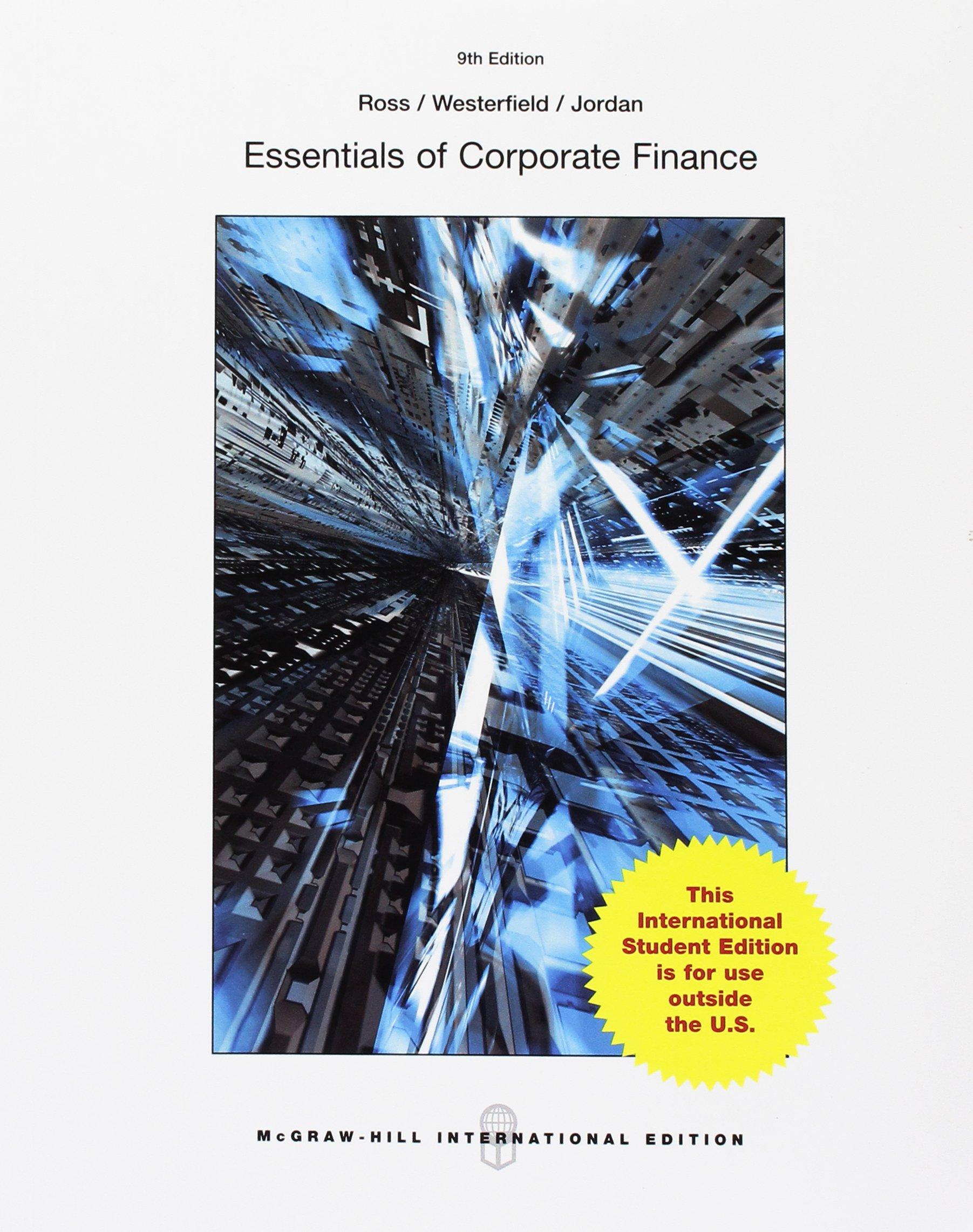Question
Task 3 Key figure 1 Key figure 2 Key figure 3 INSTRUCTIONS (just focus on task 3 instructions): 1. The following describes the transactions of
Task 3 Key figure 1 Key figure 2 Key figure 3
INSTRUCTIONS (just focus on task 3 instructions):
1. The following describes the transactions of a small limited company first
for a period of one year. The company's financial year is a calendar year.
a) The owner invested 30 thousand in the company as share capital.
b) A loan of 100 thousand was taken out for the company. The loan was raised on March 1. Loan repayments are coming
to be 20 t per annum and the interest rate is 6%. Interest and installments are paid annually
retrospectively, for the first time only in March of the following year.
c) Purchased on 1.4. machinery and equipment in cash at a price of 80 t . Machinery and equipment estimated
the holding period is five years. The company uses straight-line depreciation. No overdelivery is made.
d) Goods were purchased as debt for 140 thousand.
e) Goods were sold in cash for 110 thousand and on credit for 90 thousand.
f) Personnel expenses of 40 thousand and other expenses of 30 thousand were paid.
g) A total of the above trade payables were paid by the end of the year
120 t .
h) Payments for the above trade receivables were received by the end of the year
a total of 60 t .
i) Advances of income tax of 2 thousand were paid.
At the end of the financial year, there was goods worth 40 thousand ( 0 thousand at the beginning). All business transactions
is declared exclusive of VAT, which need not be taken into account in the assignment.
Make a profit and loss account and balance sheet for the company on the attached bases.
In the situation of the task, there are so few business transactions that there are no transactions to determine the result
it is necessary to keep the actual accounts (although the Accounting Act does so).
The income statement and balance sheet can be filled in directly by inference. If you want, you can
of course, make the financial statements only after you have posted the transactions to the accounts
(in task 2). The figures must be presented to the nearest 0.1 t .
2. Record the transactions of Task 1 in the account grids (template attached). Also do the so-called. assist
closing exports (depreciation, inventory change and accruals, etc.). More
account crosses as needed if you need more accounts for postings. Cash register
the company does not have, but all payments are made from a bank account (using a payment card).
3. Based on the financial statements of Task 1, analyze the financial situation of the example company
using three key figures that you think are appropriate. Present key figure calculations and
brief comments in the space following the answer form to Task 1.
Step by Step Solution
There are 3 Steps involved in it
Step: 1

Get Instant Access to Expert-Tailored Solutions
See step-by-step solutions with expert insights and AI powered tools for academic success
Step: 2

Step: 3

Ace Your Homework with AI
Get the answers you need in no time with our AI-driven, step-by-step assistance
Get Started


